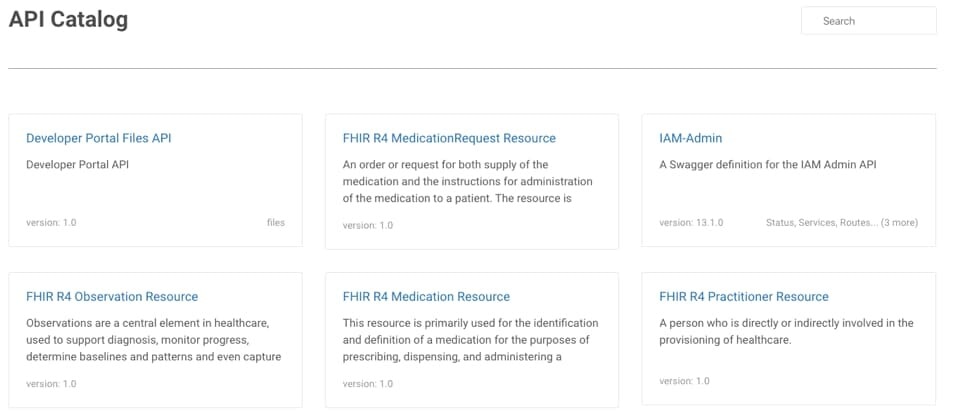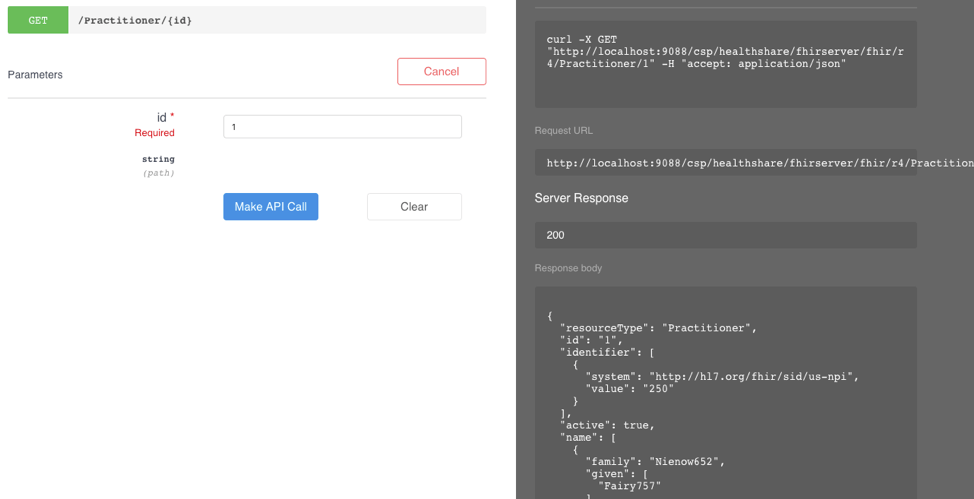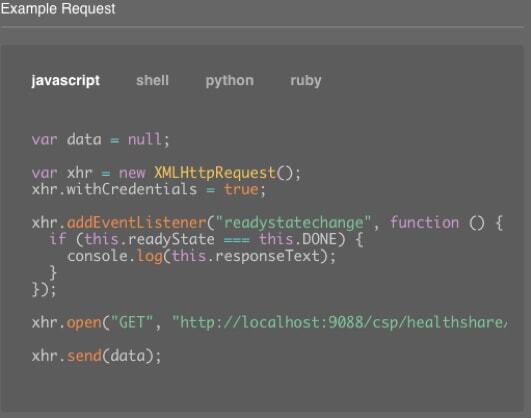The HL7® FHIR® (Fast Healthcare Interoperability Resources) specification is a sanctioned standard for exchanging healthcare information. A new federal rule, issued from the Office of the National Coordinator (ONC), on March 9, is poised to vastly expand innovative healthcare applications. The rule requires electronic access of all medical data, structured and/or unstructured, at no cost, through FHIR APIs. Specifically, electronic medical record vendors will need API certification certifying that they’re using Health Level 7 (HL7®) Fast Healthcare Interoperability Resources (FHIR®) standard Release 4. The certification criterion will align industry efforts around FHIR Release 4 and advance interoperability of API-enabled services for patients.
APIs, of course, are functions and procedures that allow a developer to make applications that access the features or data of an operating system, application, or other service. In other words, they’re the functions that can get your medical data out of your hospital EMR and onto your iPhone.
Undoubtedly, the rule will create a rush to understand the FHIR specification and how to create modern APIs using it. What interface developers have found is that creating APIs is not that hard; managing them is the challenge. This has led to a new market for API management solutions, which include full-lifecycle API management.
The market for API management solutions has been growing rapidly. Forrester Research estimated the size of the market at $70 million in 2013 and growing at 40% per year. They also estimated the API management market at $140 million in 2014, and projected it to be $660 million by 2020. InterSystems rolled out API management in the third quarter of 2019.
So, how do these API management solutions help developers?
For API creation, there is a developer portal that provides a convenient source of information and functionality including documentation, sample code, and an interactive API console to test APIs.
For API management, an API gateway acts as an API front end, receives API requests, enforces throttling and security policies, passes requests to a back-end service, then passes the response back to the requester. The gateway can also provide functionality such as collecting analytics data and supports authentication, authorization, security, audit and regulatory compliance.
FHIR is a RESTful API, meaning that it uses internet-based requests to GET, PUT, POST and DELETE data. FHIR satisfies all the criteria of REST, since FHIR resources are uniquely identifiable through a single URL, and only underlying methods such as DELETE, PUT and GET are used to manipulate a resource. FHIR has a clear delineation between the client and the server with loose coupling between client and server. FHIR operations are stateless, with state management taking place on the client, and not the server.
The good part of RESTful APIs is that they can be described using the OpenAPI Specification (OAS), a standard, language-agnostic interface to RESTful APIs, which allows developers to discover the capabilities of the service without access to source code or documentation.
The InterSystems API manager (IAM) can load into the developer portal OpenAPI Specifications, which makes it easy to understand and test FHIR APIs. Unfortunately, HL7 has not created OpenAPI specifications for FHIR R4 APIs. InterSystems has translated the FHIR specification into OpenAPI to be used with its FHIR R4 server. The screenshot below shows some of the APIs that can be explored in the API catalog.

Once these resources are cataloged they can be easily queried through the development portal.

The development portal translates the request from the user interface using either curl or http, passes on the FHIR request to the server, and displays the response. This is handy for testing and makes clear to developers the parameters and response codes for each request.
The development portal is also capable of showing how that request can be formulated in a number of client languages such as JavaScript, Shell, Python, or Ruby.

FHIR is a complex standard. We have learned that developers are looking to us for information on FHIR, including code snippets and documentation to make their jobs easier. The
developer portal is a fantastic tool for learning FHIR.
Attending FHIR DevDays virtually? Patrick Jamieson is giving a
FHIR API Management presentation on Thursday, June 18th. Hope to see you there!
In the meantime, you can check out our FHIR Sandbox here.
Read the latest blog posts on Data Matters.




































